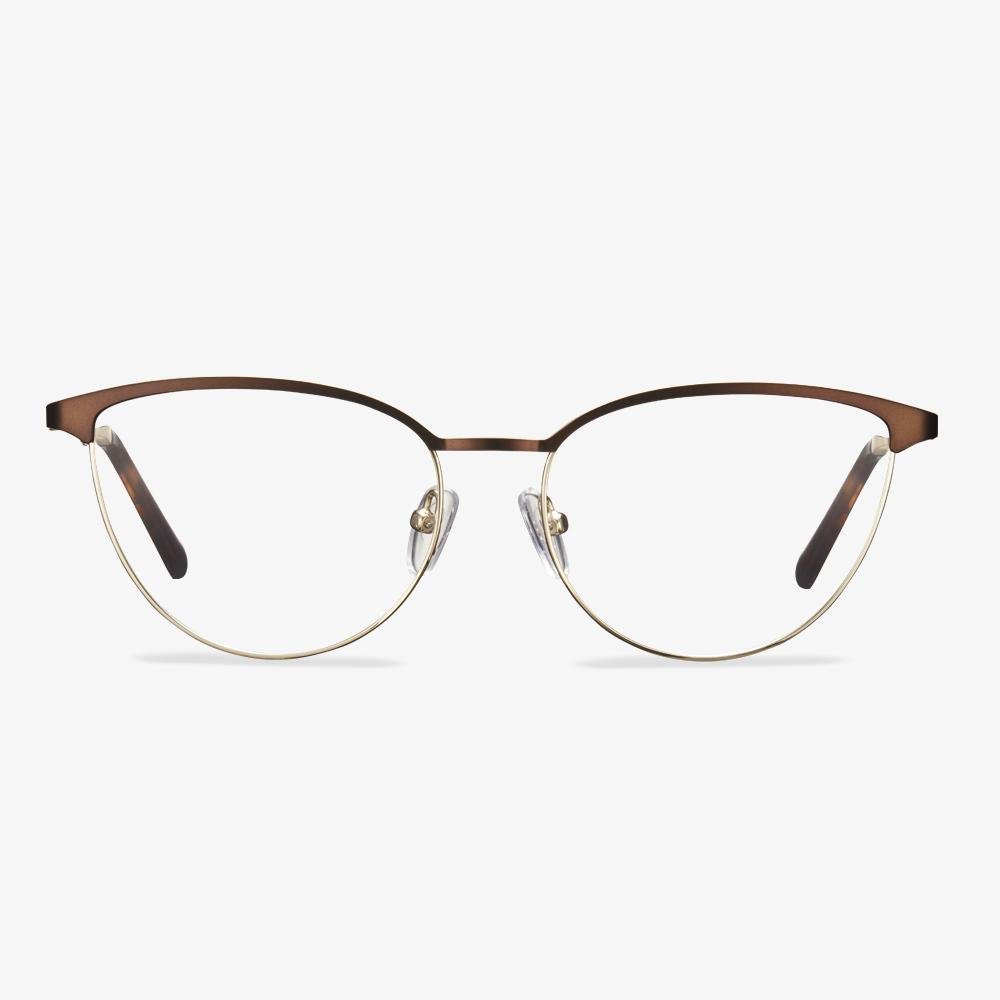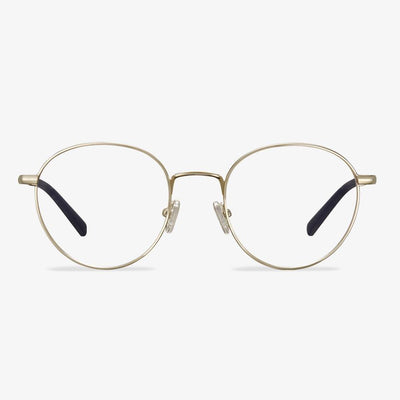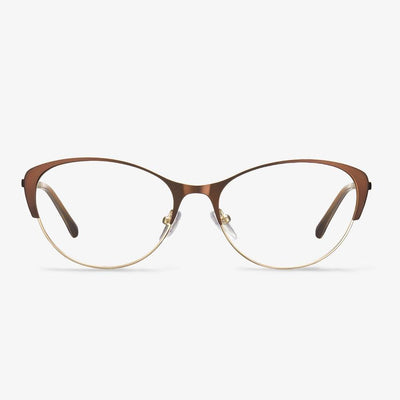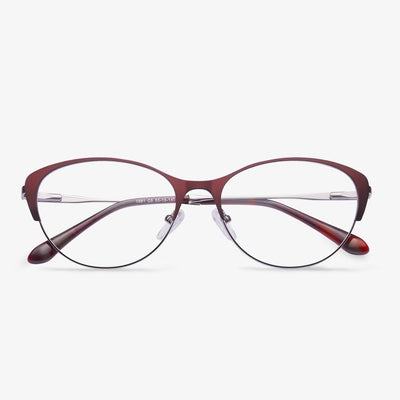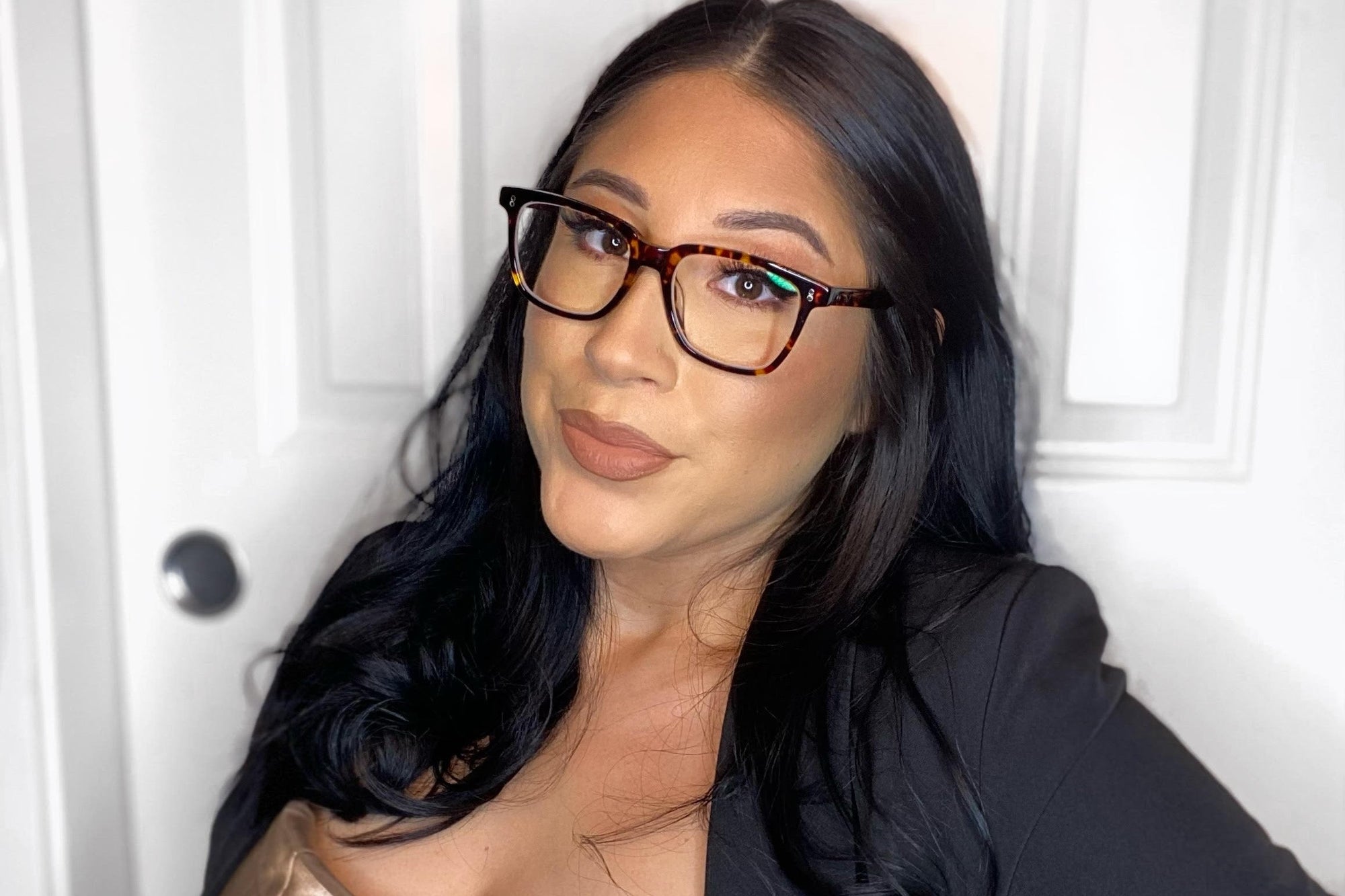Best Ray-ban Wayfarer Alternatives - KOALAEYE Pearl
The first Ray-ban Wayfarer glasses alternative we want to mention is the Koalaeye Pearl. This kind of Wayfarer glasses are designed with acetate material and have a way of making a statement. Whether dramatically oversized or petite, the round Wayfarer sunglasses expertly navigate the balance between classic and contemporary. With not that angular style, alternative Ray-ban Wayfarer glasses - Pearl guarantees that they will complement your face.
In addition, Koalaeye Pearl comes at a cheap price and they are about $39. So, most people are able to afford them.
How much do a pure titanium eyeglass frame cost?
What’s the probable price of a a pure titanium frame? The price is not the same, due to customer demand. There are pure titanium frames, Beta titanium frames, and half titanium frames. Online shopping is different from physical stores, and online shopping prices are probably only more than 50% of the physical optical stores. The price of the pure titanium frame is more expensive, be in 500 above commonly. The frame of pure titanium appears sedate mature, suiting the man with a successful career quiet. The price of a titanium frame is relatively cheap, usually around 300. The titanium alloy frame is practical and suitable for students. Prices vary depending on the brand, style, material, and even location of the frame. The price of the eyeglass frame is determined by several aspects, like the brand material, the marketing mode, and so on.
Color process of Contact lenses
Pigment printing process
It refers to the direct printing of pigments or patterns on the inside of the lens and then drying, which is the main production process of poor-quality chromatic contact lenses. Usually, small factories and small workshops use this method. The lens is being phased out because the pigment can easily seep out from the surface during wearing, causing discoloration and staining, and irritation to the eyes, which is a big risk.
Pigment build-in process
To be specific, the lens made by sandwich technology is a three-layer structure, the front and rear are colorless transparent layers, and the middle is a colored layer. After the processing of sandwich technology, the color layer is wrapped in the middle of the front and rear transparent layer, so that the pigment will not contact the eyes, which will not cause irritation and injury to the eyes. The downside of this process, however, is that the lenses are slightly thicker than normal contact lenses and are less oxygen-permeable, so they are not suitable for long-term wear.
The pressed film manufacturing process
This is a relatively new method of a similar sandwich process, and the color (pattern) is also made between the front and rear layers of the lens. But the color (pattern) is used to fill in the film process. During lens curing, the pigment seeps into the material instead of sticking to the surface. It feels as if the lens is covered in color within a single layer. This reduces the middle layer and makes the lens thinner, which naturally makes it more comfortable and permeable to oxygen.
Contact Lens Material - PHEMA material
It is the earliest material used in the production of contact lens hydrophilic material. The main advantage is water absorption, with a water content of about 38%. The material is soft, but its disadvantage is only partial oxygen permeability.
How to test a blue-light lens?
When the glasses are placed in front of a display screen or watched in the environment with LED light, the blue-light-blocking lenses reflect blue lights, while the non-anti-blue lenses do not reflect blue lights. Of course, there are a small number of blue-blocking glasses that reflect green lights.
How to Clean Glasses
To clean glasses by yourself, you need to be careful and use the correct way to avoid some damage to the glasses such as scratches, etc. So, follow the below steps to clean glasses lens.
1. Before cleaning the eyeglasses, you need to wash and dry your hands first. You can use the soap to wash your hands dry them.
2. Rinse your glasses under a gentle stream of tap water. This way will remove dust and other debris and avoid causing scratches on your lenses. But one thing you need to pay attention to. Please do not use hot water since it can destroy some eyeglasses lens coatings.
3. Use a small drop of lotion-free dishwashing liquid to each lens. You can only use lotion-free brands.
4. Then gently rub both sides of the lenses and all parts of the frame. Make sure to clean every part of the eyeglasses.
5. Rinse both sides of the lenses and the frame. Make sure to remove all traces of the soap. Otherwise, it will cause the lenses to be smeared when you dry them.
6. Shake youreyeglasses to get rid of the water on your lenses gently and inspect the glasses carefully to make sure they are clean.
7. Then dry the lenses and frame with a clean and lint-free towel. Make sure the towel is clean, or the dirt or debris on the towel will smear and scratch your glasses.
After all steps are finished, you also need to check your glasses again and check whether they are clean.
As for how to clean glasses, you can follow the above steps. But when cleaning your glasses, you should be careful enough. When cleaning your glasses, something you can’t do. In the following section, we will list some of them.
What are the origins of saddle bridge glasses?
Rimless glasses were introduced in 1880 and were popular until the 1950s. Rimless glasses made in 1880 and 1920 lacked a nose pad. Instead, they use a saddle bridge, so they were sometimes called saddle bridge glasses. Horses are the main means of transportation. Early rimless saddle glasses were designed to be close to the face. Rimless glasses with nose pads were introduced in 1921. The nose pad keeps the glasses farther away from the face. In addition, frames can be made much larger.

















